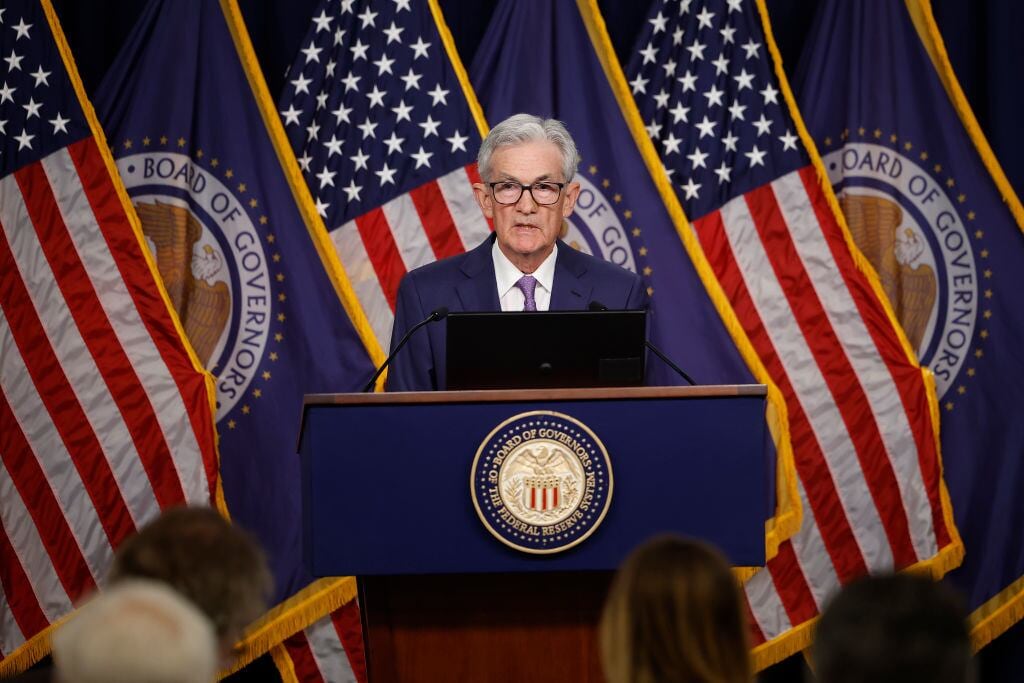If you’ve purchased more than your average share of wine over the past year, you are not alone. According to Wine Intelligence, consumption during the pandemic’s lockdowns surged in the U.S. and UK.
Last year, Barefoot led the nation’s wine brands in total sales with nearly $675 million. For Jennifer Wall, winemaker with the brand, “bottling lines keep rolling” even as life has changed drastically around the world.
Wall, who has been with the company since 1995, said that it has been a journey watching Barefoot’s growth over the years.
“I was 26 years old, and at that time we were selling around 140,000 cases in only four states … only four types, and now we’ve grown to be the largest bottled wine brand in the world,” she told Cheddar.
She has since become an innovator within Barefoot. Last year, Wall was part of the development of the only wine-based seltzer available nationwide. With hard seltzer the largest alcoholic beverage category, she said it was important to provide wine lovers with a similar option.
Wall's journey to beverage innovation began with four years of experience in the wine industry already under her belt before joining Barefoot, in what was an industry largely bereft of women.
“My peers and mentors were mostly male, so that was quite different than it is today. Today, in 2021, I’m really honored to work alongside some really fabulous and brilliant female winemakers,” Wall noted, advising women who wish to get into winemaking to pick from a wide variety of options now open in the field.
"There's tons of opportunity in the wine industry and with a lot of room for promotion and growth."
In addition to wine-based seltzers, Wall is also helping the company expand its new line of Fruitscato, fruit-infused moscato wines.
“It’s the hottest category in wine right now," she explained.








